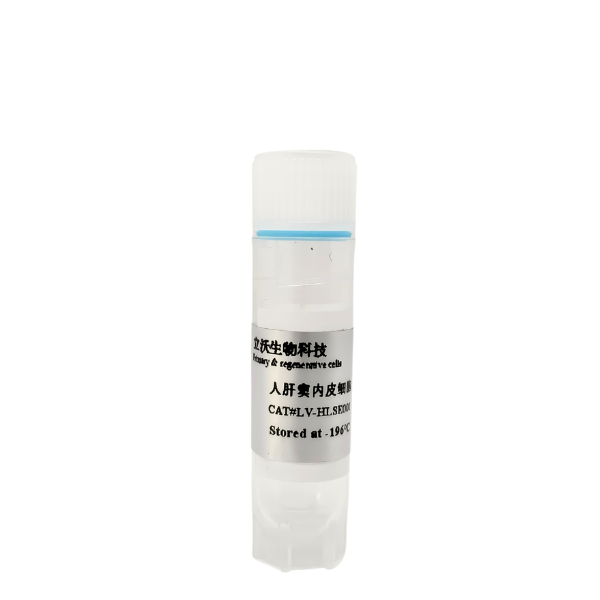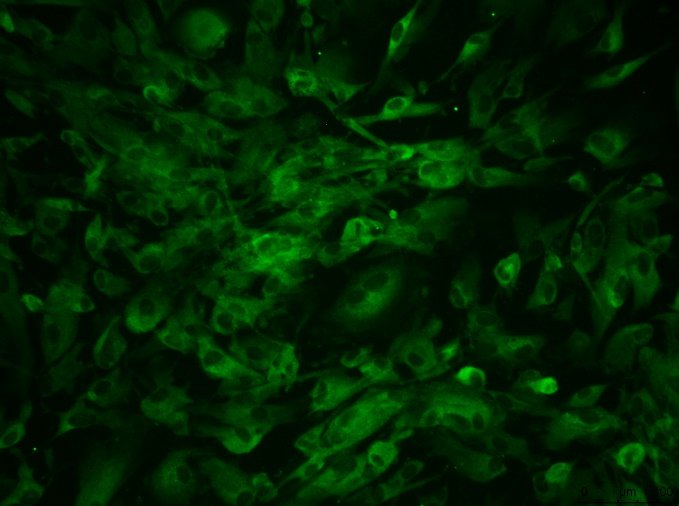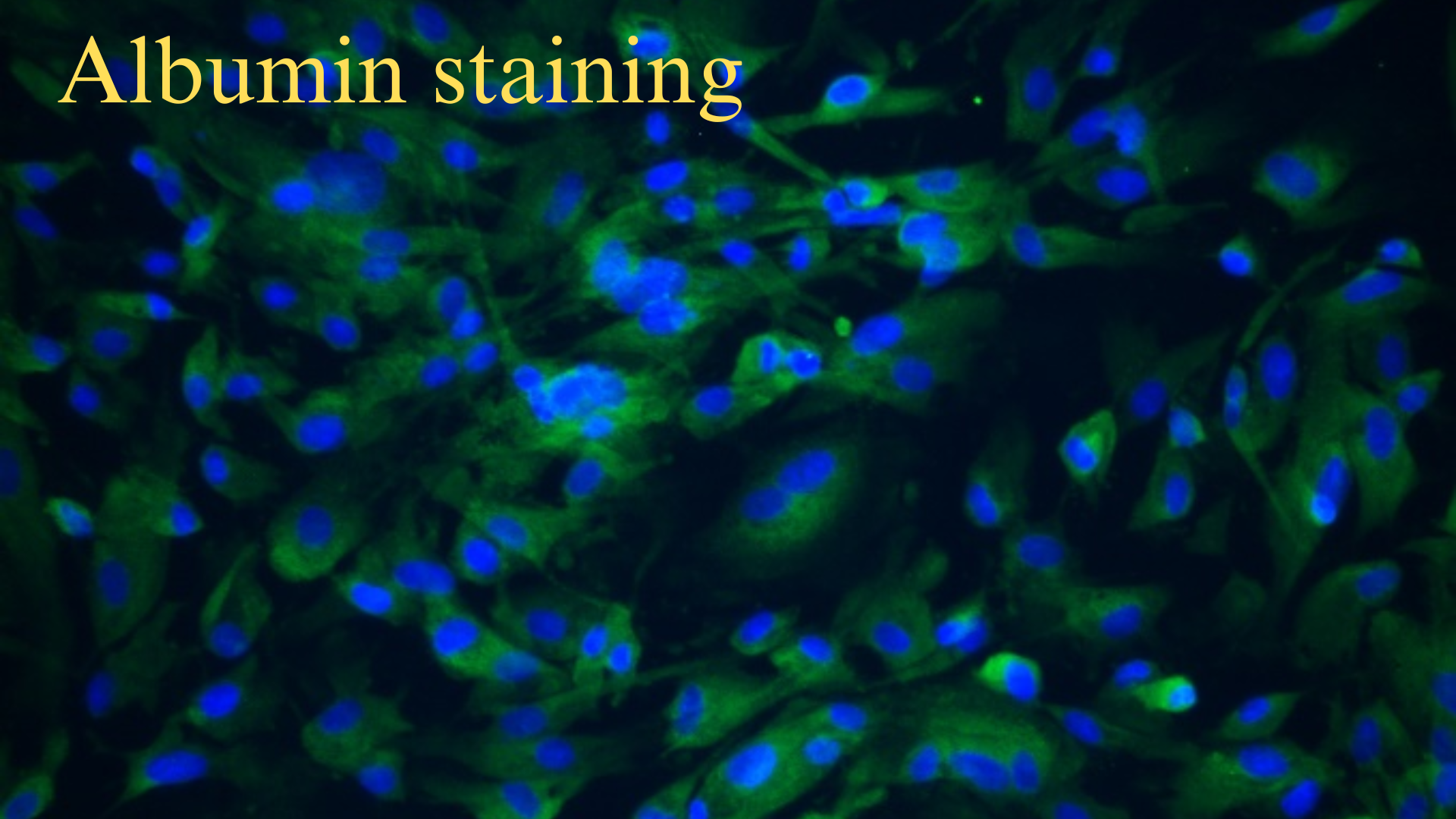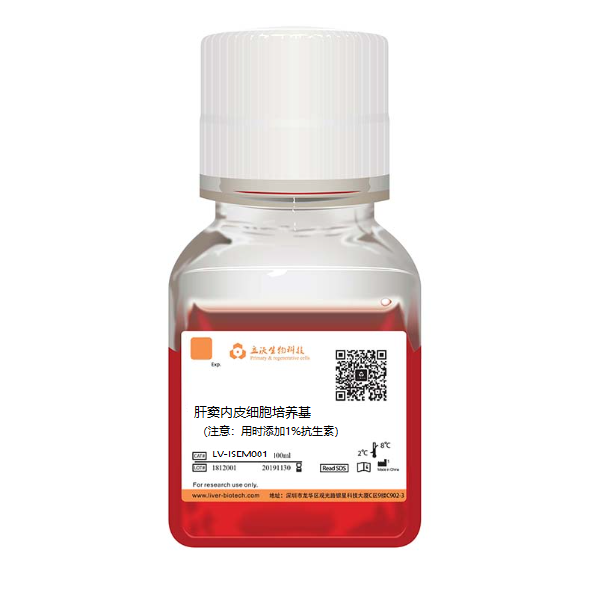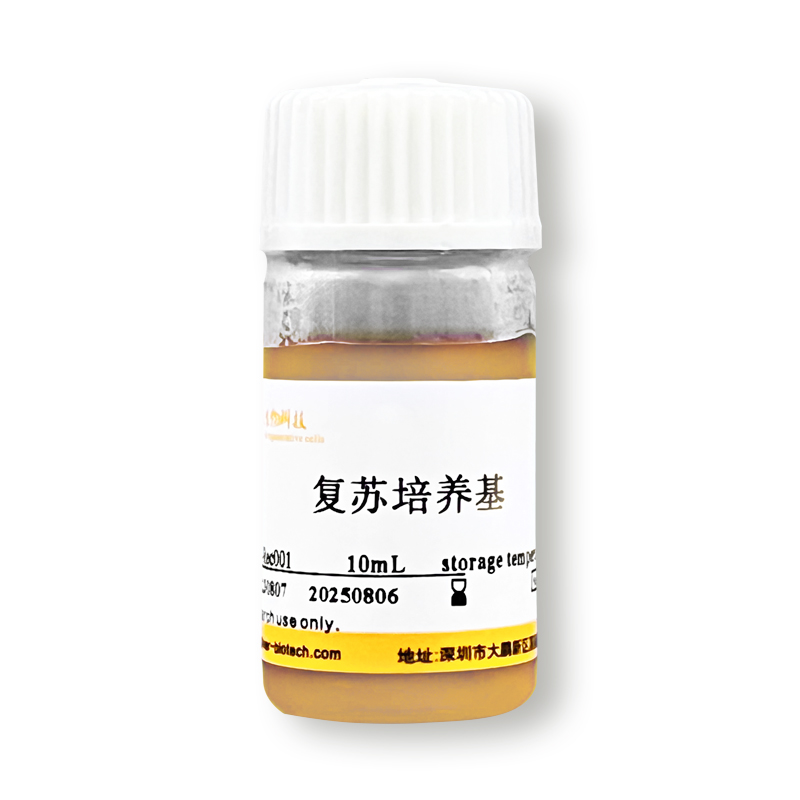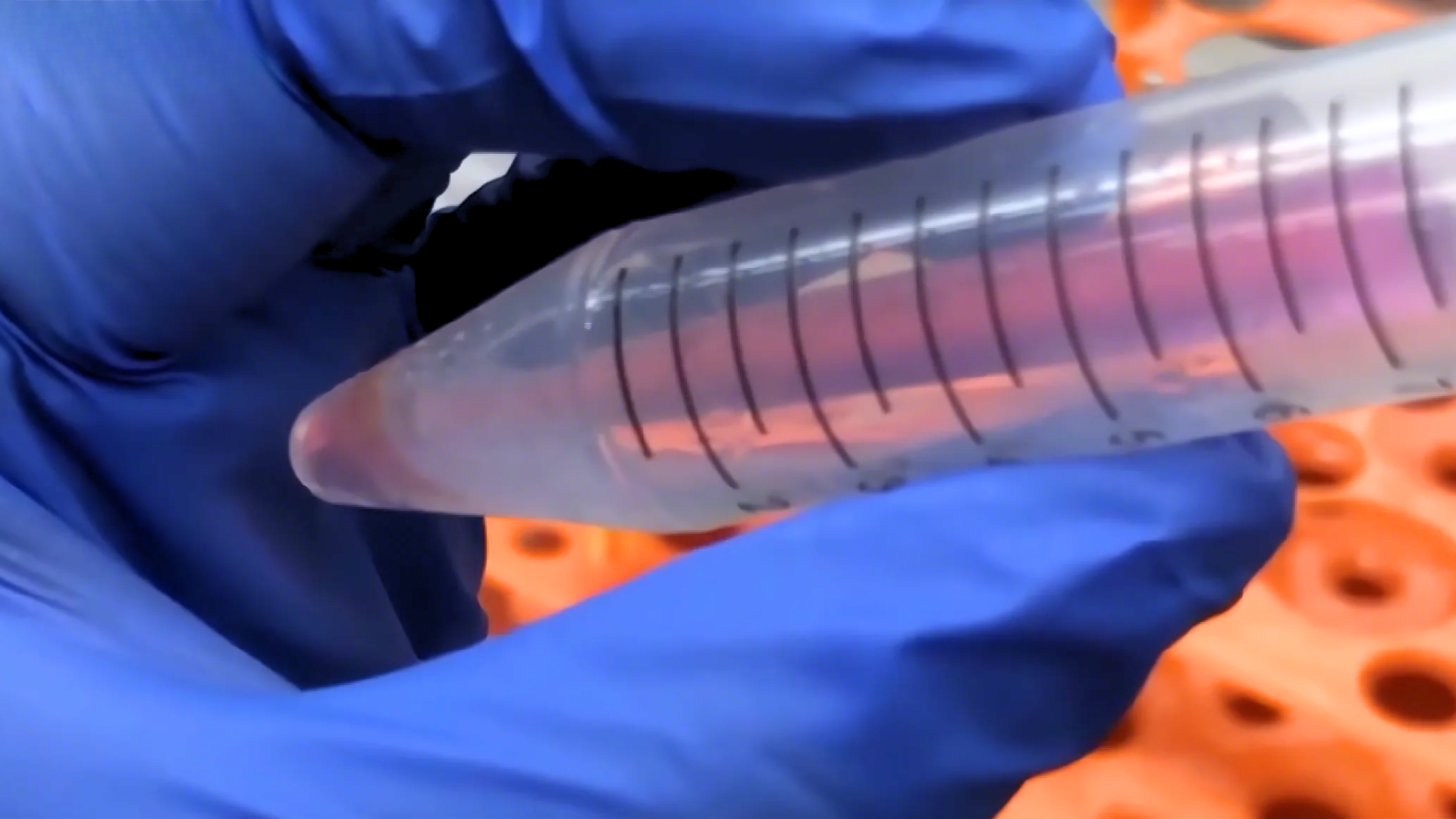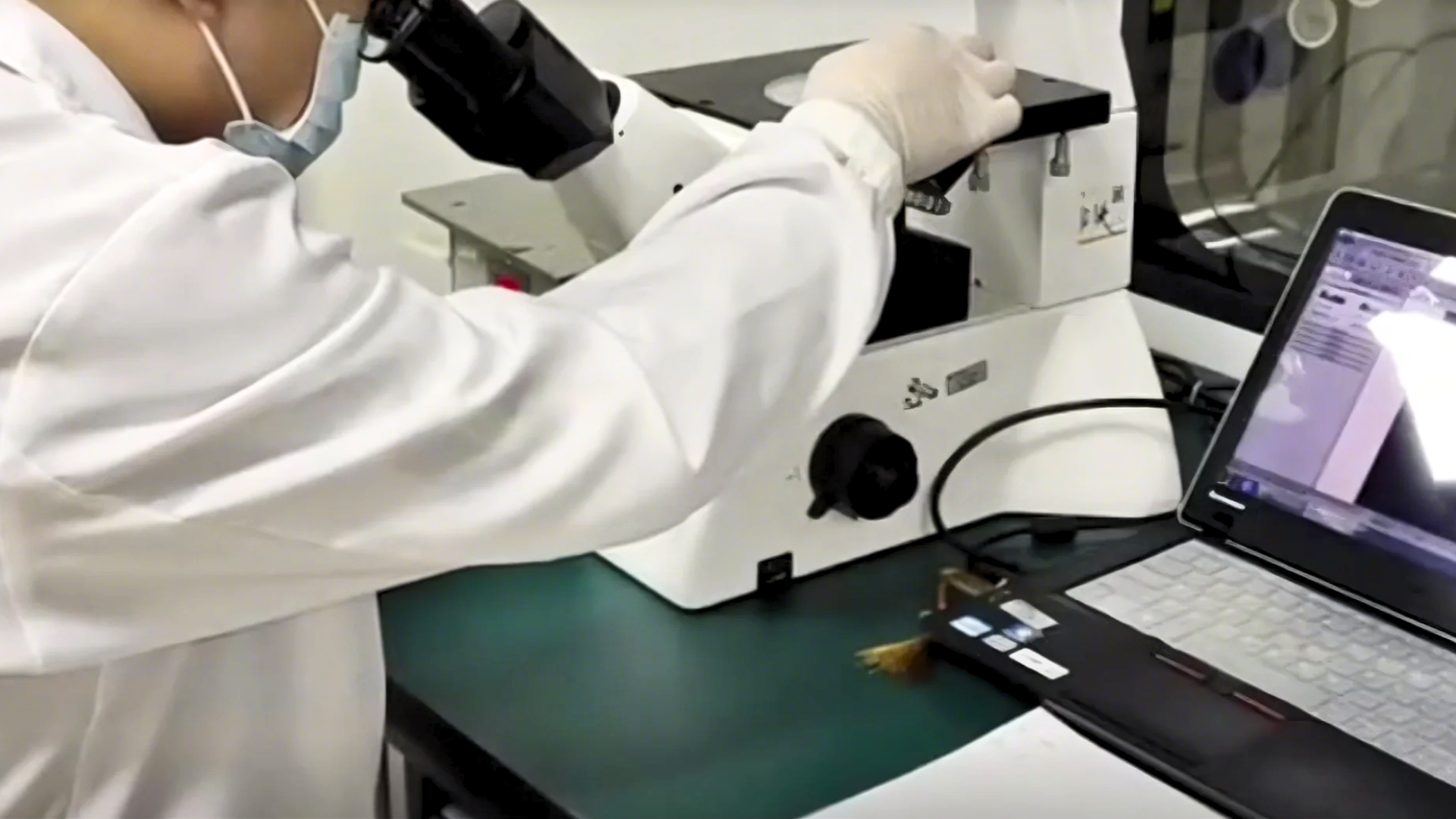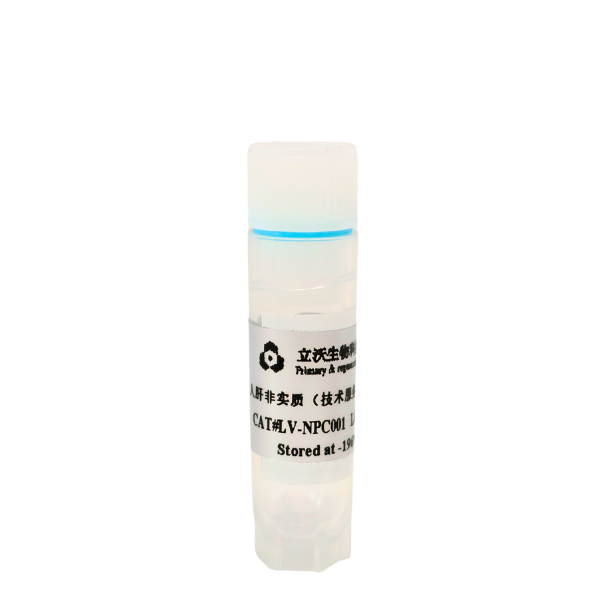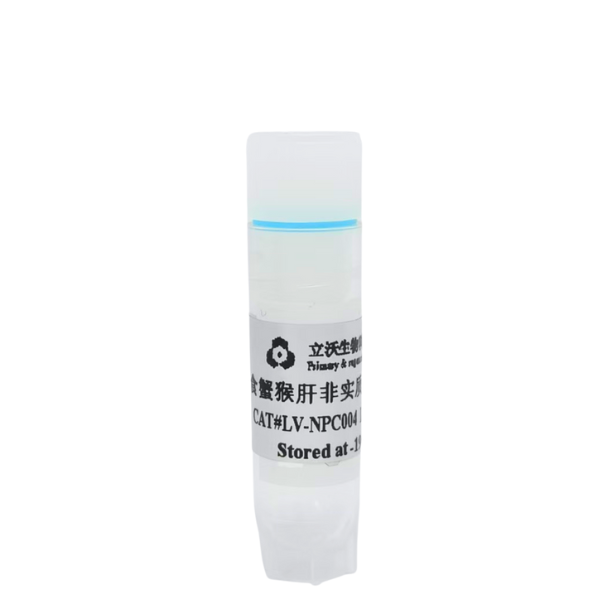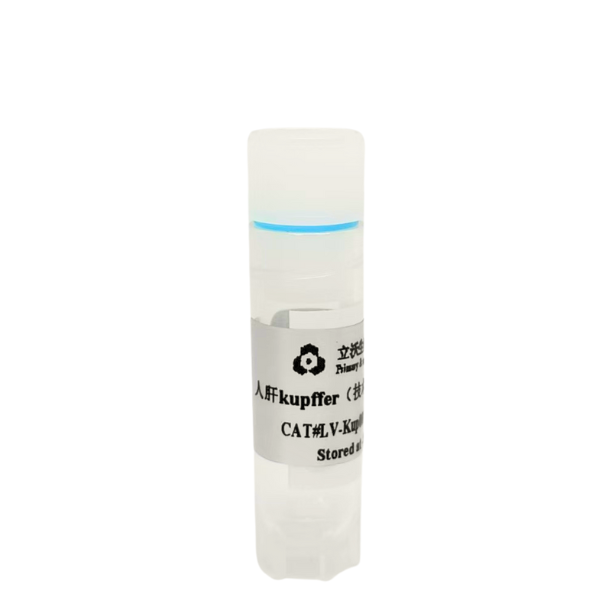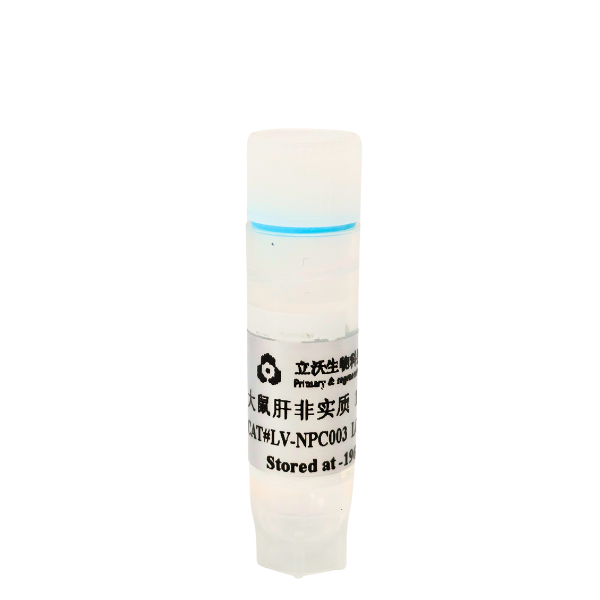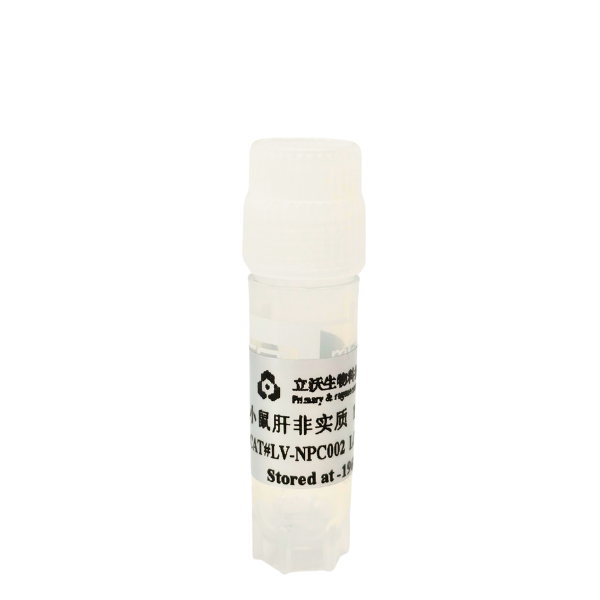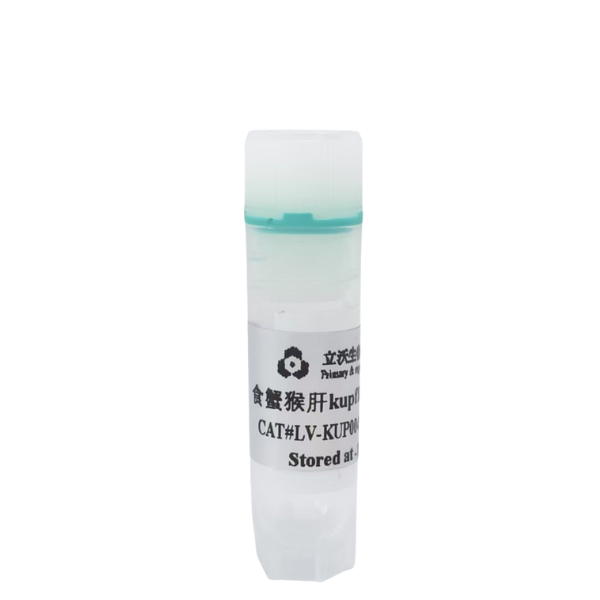Transport Mode
Liquid Nitrogen Transportation
1、Adsorptive Liquid Nitrogen Transportation ,No free liquid nitrogen ,White vapor emission indicates normal operation.
2、Temperature monitoring devices should closely monitor the temperature inside the tank during transportation. If any abnormalities are detected, you can copy the PDF and Excel data from the temperature recorder. (One end of the temperature monitoring device can be unplugged to reveal a USB connector. Simply insert it into a computer to copy the data. If you encounter any difficulties, you can contact the sales staff and technical support for assistance.)
3、Alloy Combination Lock Designed to ensure no third-party access to the LN₂ tank or cell samples during transportation from dispatch to receipt, thereby safeguarding cell integrity.
4、GPS Tracker Enables real-time tracking of cell transportation routes to prevent loss.
5、Liquid Nitrogen Tank, temperature monitoring device, alloy combination lock, and GPS tracker are returnable components. Please store them properly and avoid damage; failure to comply will result in blacklisting.
Reference Citation
pass over.
Scope of Application
Human liver sinusoidal endothelial cells (LSECs), as crucial non-parenchymal cells in the liver, have become pivotal research subjects in multiple scientific fields due to their unique structural and functional properties. Below is a summary of their primary research applications:
1. Research on Mechanisms of Liver Diseases
LSECs play central roles in multiple hepatic pathological processes, serving as essential models for investigating hepatic fibrosis, fatty liver disease, hepatocellular carcinoma (HCC), and liver regeneration:
Hepatic fibrosis and liver cirrhosis: Defenestration (capillarization) of liver sinusoidal endothelial cells (LSECs) is an early event in hepatic fibrosis, driving the fibrotic process by activating hepatic stellate cells (HSCs) to secrete collagen.
Fatty Liver Diseases: LSECs modulate the pathological progression of non-alcoholic fatty liver disease (NAFLD) and alcoholic fatty liver (AFL) through lipid metabolism regulation (e.g., STAT3 signaling) and anti-inflammatory functions.
Hepatocellular Carcinoma (HCC): LSECs secrete pro-angiogenic factors (e.g., VEGF) to actively participate in tumor microenvironment remodeling and metastatic regulation, while aberrant expression of their signature proteins (e.g., PLVAP) demonstrates prognostic correlation in HCC clinical outcomes.
Liver Regeneration: LSECs synergize with hepatocytes in secreting growth factors (e.g., Hepatocyte Growth Factor, HGF) to orchestrate post-injury tissue repair and functional restoration through spatially-regulated paracrine signaling.
2. Immune Regulation and Tolerance Mechanisms Research
Liver sinusoidal endothelial cells (LSECs) play dual roles in the hepatic immune microenvironment and serve as key targets for studying immune tolerance and inflammatory balance:
Induction of immune tolerance: By expressing scavenger receptors (such as SR-H) and pattern recognition receptors, LSECs clear pathogens and suppress T cell activation to maintain immune tolerance in the liver, but this may also lead to persistent viral infection or tumor immune escape.
Inflammatory regulation: LSECs secrete anti-inflammatory factors (such as prostaglandins, nitric oxide) to suppress excessive inflammatory responses, while clearing endotoxins and inflammatory mediators from the blood through their endocytic function.
Coordination of the entero-hepatic immune axis: LSECs play a bridging role in gut-derived antigen processing by regulating immune cell migration (e.g., macrophages, T cells), thereby influencing the progression of inflammatory liver diseases.
The highly efficient scavenger function of LSECs renders them valuable in drug delivery and toxicity assessment:
Drug clearance mechanism: LSECs rapidly clear macromolecules (e.g., lipoproteins) and nanoparticles from the blood via scavenger receptors (such as Stabilin-1/2), influencing drug half-life and efficacy—key factors in optimizing nanomedicine design.
Targeted therapy development: Investigating the clearance mechanisms of LSECs can provide strategies to reduce non-specific drug uptake, such as modifying the surface of nanoparticles to evade recognition by LSECs.
Toxicity assessment models: The sensitivity of LSECs to drugs or environmental toxins (such as sinusoidal capillarization) is frequently used to evaluate mechanisms of liver injury and screen for protective drugs.
4. Vascular Biology and Microcirculation Research
The unique vascular properties of LSECs provide a research platform for angiogenesis and microcirculation regulation:
Vascular permeability regulation: The fenestral structure and dynamic changes of LSECs (regulated by the Rho-ROCK pathway) influence substance exchange across liver sinusoids, making them an ideal model for studying mechanisms of vascular permeability.
Coagulation and Anticoagulant Balance: Liver sinusoidal endothelial cells (LSECs) maintain sinusoidal blood flow patency by secreting anticoagulant mediators such as heparin sulfate proteoglycans (HSPGs) and prostacyclin (PGI2). Dysregulation of these functions contributes to prothrombotic complications in liver diseases, including portal vein thrombosis and sinusoidal obstruction syndrome.。
Angiogenesis Research: LSECs drive vascular remodeling processes by secreting pro-angiogenic factors (e.g., Vascular Endothelial Growth Factor [VEGF], Angiopoietin-2), playing dual regulatory roles in both physiological liver regeneration and pathological tumor neovascularization.
5. Biomaterials and Tissue Engineering Applications
The unique biological properties of LSECs hold significant potential for advancing artificial liver support system (ALSS) development and innovating next-generation anticoagulant biomaterials.
Artificial liver devices: The endothelialized surface of LSECs mimics the metabolic and immune barrier functions of natural liver sinusoids, serving as a basis for constructing bioreactors or organ-on-a-chip systems.
Anticoagulant materials: The natural anticoagulant properties of LSECs (such as the secretion of PGI₂) are used in designing antithrombotic coatings to improve the biocompatibility of medical devices.
Conclusion
The research applications of human liver sinusoidal endothelial cells (LSECs) span multiple fields, including mechanisms of liver diseases, immune regulation, drug development, vascular biology, and biomaterials. Their multifunctional properties make them a crucial bridge connecting basic research and clinical translation. Future studies could further explore novel mechanisms of LSECs in metabolic regulation (e.g., vitamin A storage) and interorgan interactions (such as the entero-hepatic axis).
Summary
The scientific uses of human liver sinusoidal endothelial cells cover a wide range of fields, including liver disease mechanisms, immune regulation, drug development, vascular biology and biomaterials, and their multifunctional properties make them an important bridge between basic research and clinical translation. Future studies could further explore the novel mechanisms of LSECs in metabolic regulation (e.g., vitamin A storage) and cross-organ interactions (e.g., intestinal-liver axis).
Due to biannual updates of our product instruction manual, the following procedures are for reference only.
The most recent version included with the product shall prevail.
II Reagents and Materials
- Human sinusoidal endothelial cell(Cat# LV- HLSE001)
- Recovery medium(Cat#LV-Rec001)
- LSEC culture medium(Cat# LV- LSEM001)
- Collagen-coated culture plate(LV-coated)
-Crushed ice and ice boxes
- Sterile centrifuge tube of 15 ml (Prechilled on ice)
- Disposable pipette
- Wide-mouth pipet tip (The tip of a normal one is cut off and sterilized)
- Pipette
-Thermostat water bath (Preheat at 38℃)
- Refrigerated horizontal centrifuge (with horizontal rotor. it is possible to centrifuge 15 ml of centrifuge tubes)
- Biosafety cabinet
- 37 °C/5% CO2 incubator
- 75% alcohol
III Resurgence and Plating of Cells
1. Insert the 15 ml centrifuge tube into an ice box containing enough crushed ice and sterilize it UV for 15 min. Precool centrifuge.
2. The recovery medium should be placed in crushed ice for sufficiently precooling, and the plating medium should be placed in a 38 °C thermostat water bath to be fully preheated.
3. Quickly transfer the frozen sinusoidal endothelial cells from the refrigerated position to a thermostat water bath of 38℃. Then,immerse them in as much water as possible at 38°C and shake clockwise. Please make sure that the cap of the freezing tube is kept above the water.
4. Thaw the freezing tube for about 90-120s, until only a small amount of crushed ice floats in it.
5. Sterilize the freezing tube with 75% alcohol and transfer it to a biosafety cabinet.
6. Resuspend the cells with a wide-mouth pipet tip (gently blow 2 times) and transfer to a precooled centrifuge tube of 15 ml.(Note: if there are more cells left on the freezing tube and the pipette tip, aspirate 1 ml of resuscitation medium to clean the them.
7. Add prechilled recovery medium to the cell suspension dropwise and add 10 ml of recovery medium to every 1 ml of cell suspension (Note: the first 3 ml should be added dropwise and shaken slightly, and the next 7 ml can be accelerated). Finally, slightly upside down 1 time to mix well.
8. Centrifuge of 300 × g at 4 °C for 5 min, remove the supernatant and resuspend with plating medium.
9. The pelleted cells should be resuspended with LSEC culture medium and set the volume to 4 ml. The viability and total amount of cells can be measured by trypan blue exclusion.
10. Inoculate the cells into collagen-coated plate according to the number of 3×104cells/cm 2. Shake the plate well and incubate in a 5%CO2 incubator of 37℃. Then change the solution after 24h
IV Cell Culture and Passage
1. The cells can be passaged when the confluency reaches 80%.
2. Put the medium, PBS and pancreatin into a 37 °C thermostat water bath to preheat, wipe with 75% alcohol and then put it into the ultra-clean table.
3. Aspirate the old culture solution and add a small amount of PBS to wash the cells. In addition, add an appropriate amount of pancreatin so that the amount of pancreatic enzyme can cover the cells. Incubate the cells at 37°C for 2-3 min and observe them under the microscope observation.
4. Discard the pancreatin when the inter-cell gap becomes larger and the cells tend to be rounded but have not yet floated, and add fresh culture medium. Then shake the cell flask to terminate the effect of pancreatin, carefully blow the adherent cells with a pipette to make a cell suspension (control the force of blowing to avoid generating a large number of bubbles).
5. Centrifuge of 300 × g at room temperature for 5 min, remove the supernatant and resuspend with LSEC culture medium.
6. Inoculate the cell suspension at the density of 3×104cells/cm2 into a new collagen-coated flask/plate and place it in a 37°C/5% CO2 incubator. Then observe the growth of the adherent cells every other day.





